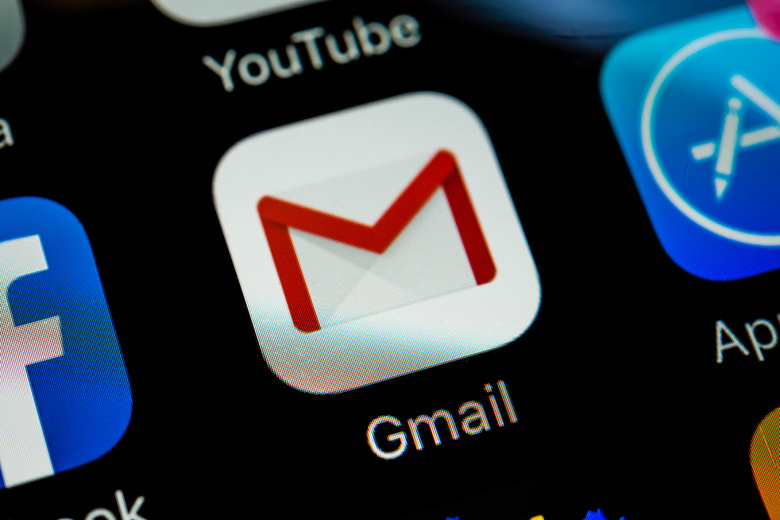Google Launches AMP For Gmail, Making Your Email Feel More Like Webpages
Google first announced a little more than a year ago that it would eventually be bringing its accelerated mobile pages framework, or AMP for short, to email, which would allow for the creation of richer and more dynamic experiences in a digital realm where people still spend an outsized portion of their day. Today, Google announced the arrival of AMP for Email, officially bringing the capabilities to Gmail that will turn your messages into something that actually resembles an interactive, webpage-like experience.
In a blog post today, Gmail product manager Aakash Sahney said that bringing AMP to Gmail is an outgrowth of how much web experiences have changed over the past decade. Despite how those experiences have changed from "static flat content to interactive apps," though, email hasn't kept up with the pace of that change.
"Starting today, we're making emails more useful and interactive in Gmail," Sahney explains. "Your emails can stay up to date so you're always seeing the freshest information, like the latest comment threads and recommended jobs. With dynamic email, you can easily take action directly from within the message itself, like RSVP to an event, fill out a questionnaire, browse a catalog or respond to a comment."
He offers Google Docs as one example, and the way that comments flow into Gmail messages. Instead of getting a barrage of email notifications when, say, someone mentions you in a comment, now you'll just see a constantly updated thread where you can reply and resolve comments from within that message.

Businesses are actually already starting to use these capabilities to make their emails more actionable and relevant to recipients. Over the next few weeks, businesses like Booking.com, Freshworks and Pinterest will start sending out missives that showcase Google's abilities here.
Pinterest, for example, is making it easier to discover new ideas and save them to boards, according to Sahney. "Like the rest of Gmail, dynamic email is safeguarded by best-in-class privacy and security protections," he explains. "To ensure added security, those who want to send dynamic email have to be reviewed by Gmail first before they can get started."
In terms of who will start getting these and when, dynamic Gmail messages begin rolling out to web users today. Mobile support is coming soon, and Sahney also points out that if you're using another mail app with Gmail, you'll see the static version of the email.
